2012 saw Mercedes introduce its most performance-focused C-Class model yet. Here's what we made of it at the time:
We’ve already driven the hardcore, £100k Mercedes C63 AMG Black Series extensively on road and track, and it has entertained us greatly. Even so, there are sound reasons for a full road test, the main one perhaps being the investigation of exactly how well this track special holds up to extended circuit use.
This C63 is to be one of the last in the AMG range to use the firm’s big, naturally aspirated 6.2-litre V8 engine. Here, it has adopted SLS pistons, conrods and crankshaft to produce the most powerful Mercedes-Benz C-Class to date, at 510bhp and 457lb ft of torque. The new internals have reduced moving masses and overall engine weight by 4kg, and maximum engine speed has risen from 6700rpm in a regular C63 to 7200rpm. The car’s axles have been widened by 40mm up front and 79mm at the rear, with revised anti-roll bars and new coil-over struts fitted as standard, as well as a new limited-slip differential that locks under both deceleration and acceleration.
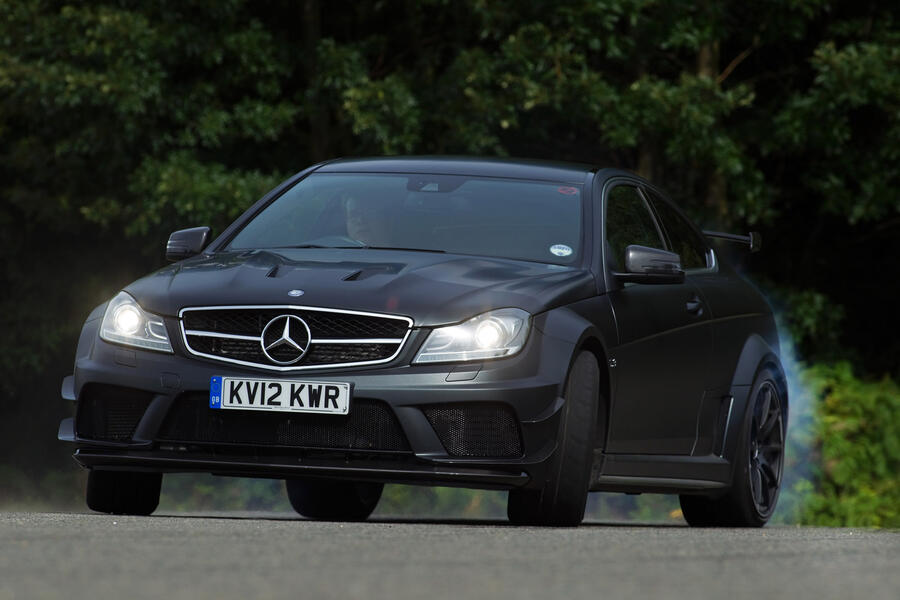
Most of the C-Class coupé’s cabin architecture has been retained, but there are no rear seats. (They can be put back in as an option.) The bucket seats up front are comfortable enough that neither a cross-country hack nor a late-evening motorway crawl would seem like a chore.
Our data logger recorded a 4.0sec two-way average 0-60mph for this car, the fastest one-way run being done in just 3.9sec; exceptional speed for something weighing almost 1.8 tonnes. At full speed, it would run with a Porsche 911 GT3 RS until passing 100mph. That V8 has incredible aural character and superbly linear throttle response; and on track, the freedom to rev beyond 7000rpm can be every bit as advantageous as a greater wallop of turbocharged torque might have been.
On the road, the car’s adjustable coil-over suspension provides welcome reminders of its track purposefulness, but very few impositions. That pacy steering rack has more than enough weight and feel to make it seem natural and the car steers like a 1990s supercar. There’s some muscular aggression about the low-speed damping but greater suppleness at higher speeds and a surprisingly quiet secondary ride. Body control is very tautly contained when pushing on and handling responses are supremely crisp and clear.
Verdict - 4.5/5 stars
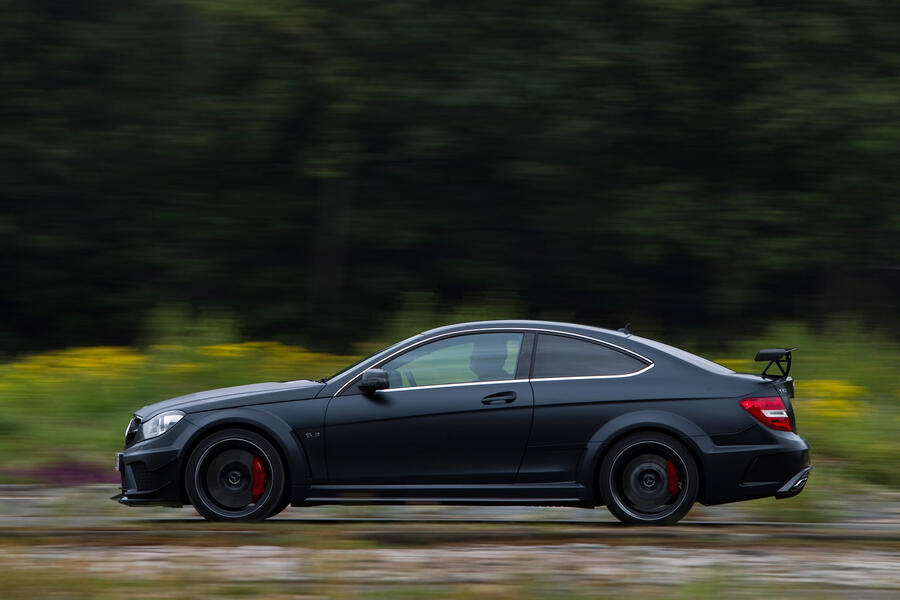
Front-engined racing cars are no longer the fastest kind, but fingertips and backsides do not always agree with stopwatches, and this remarkably compelling C63 AMG Black Series demonstrates why. Few new sports cars have the same handling intimacy and adjustability. Although it’s in some ways brutish, the way it lapped our handling circuits will live forever in our minds.
Matt Saunders: tales from the test track of a bird brain
Back in 2012, our MIRA testing guidelines didn’t prescribe set speed limits on the proving ground’s mile straights. As testers, it was up to us to simply gauge the performance and limits of the car’s engine, tyres and brakes, and to drive up to them – leaving a bit of safety margin. Today, we need perfect weather conditions, a quiet track and advance sign-off to venture beyond 150mph.
Setting the C63’s acceleration numbers provided a reminder why ‘a bit of safety margin’ can very quickly turn into ‘not enough’.
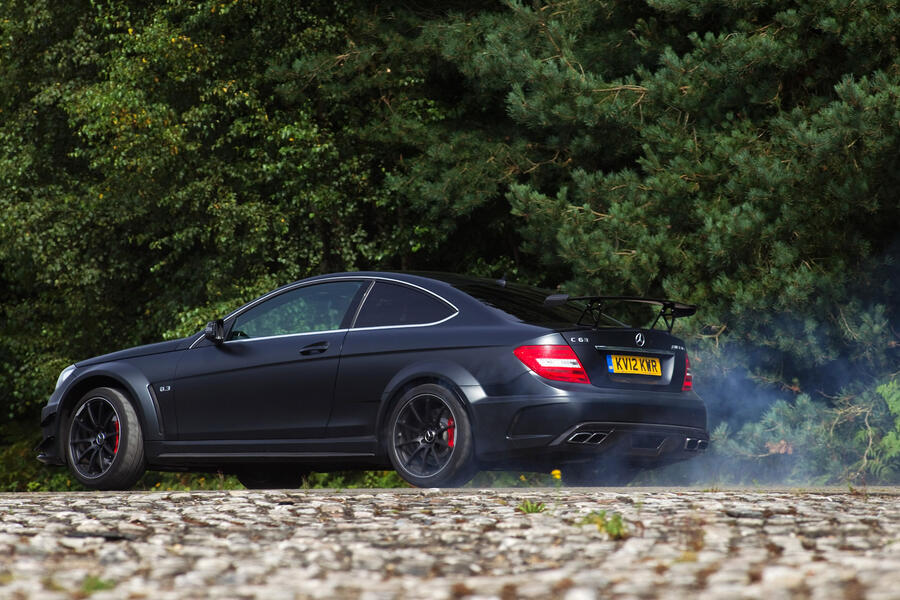
The north end of the mile straights has quite a lot of cover for biggish game birds and a group of them happened to decide to cross the track just as I was trying to slow the C-Class from quite possibly north of 160mph.
I consequently discovered, as Harry Hill might quip, that an adult male pheasant fits so snugly up the nearside front nostril of a 2012 Mercedes AMG Black Series C-Class coupé that you can barely see him at all once he’s wearing the car like a clansman’s robe. Even in his prime, he evidently wasn’t the most observant or prudent member of the Midlands’ feathered fauna – but what a way to go.
READ MORE
Mercedes to launch 32 new models by 2022 in massive rollout
2021 Mercedes-Benz EQS previewed in new official images
Facelifted Mercedes E-Class gains new engines and interior tech

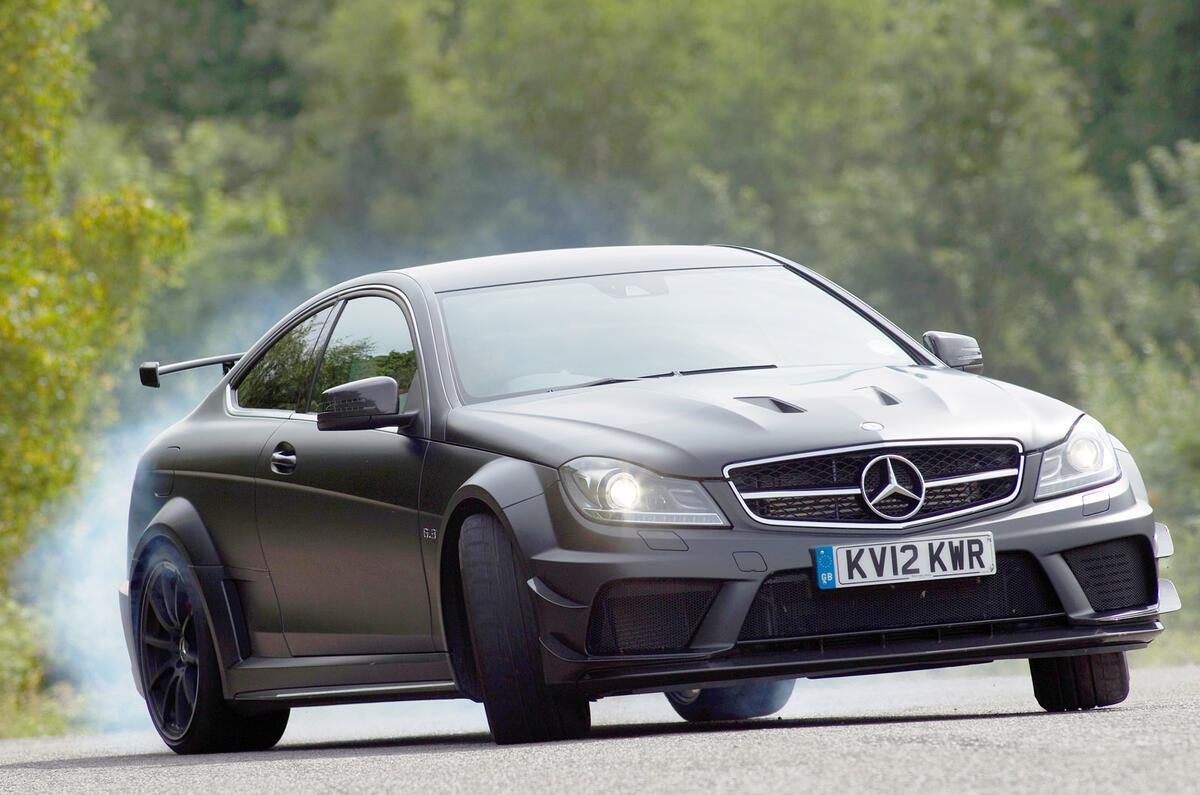
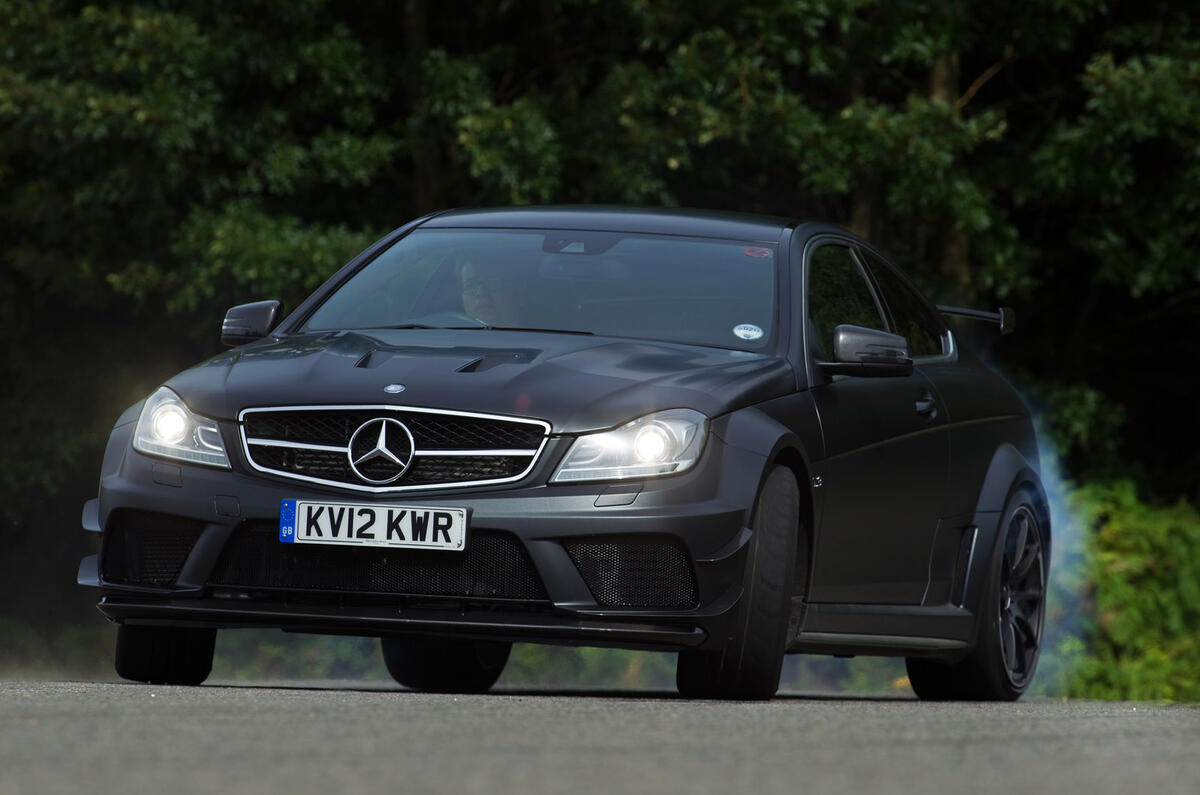
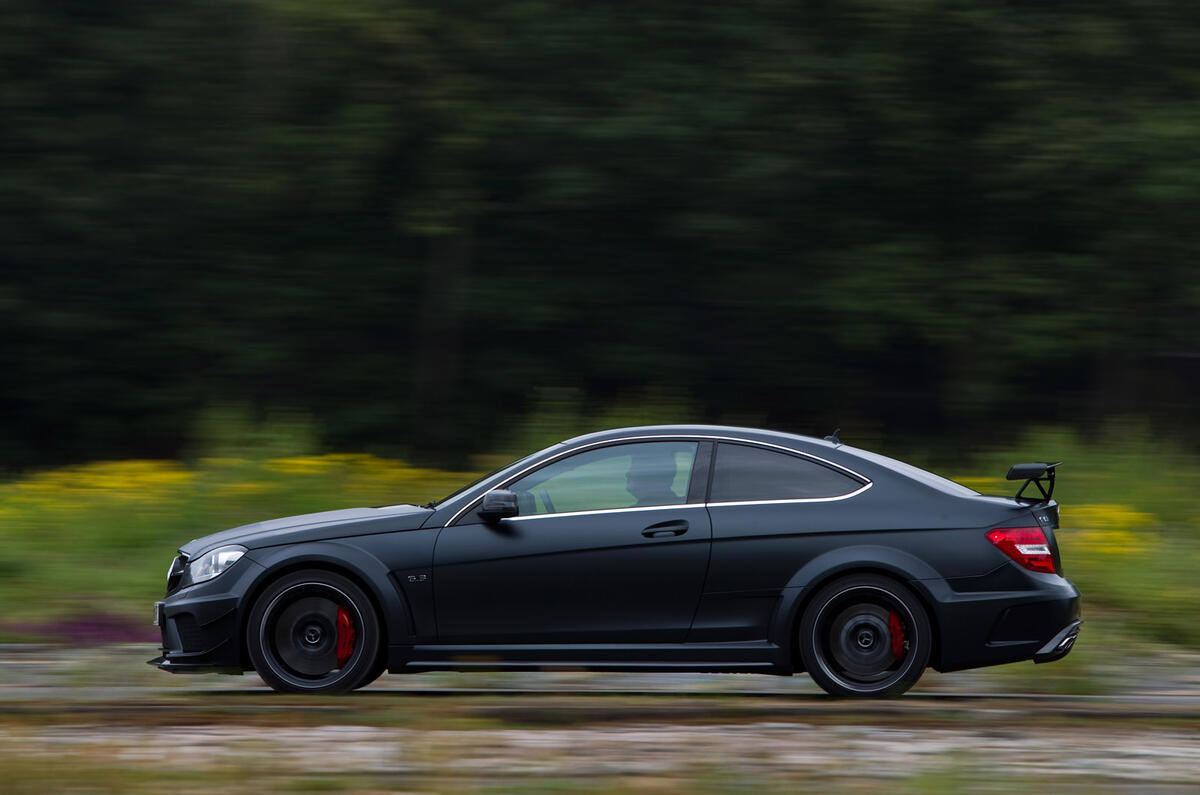
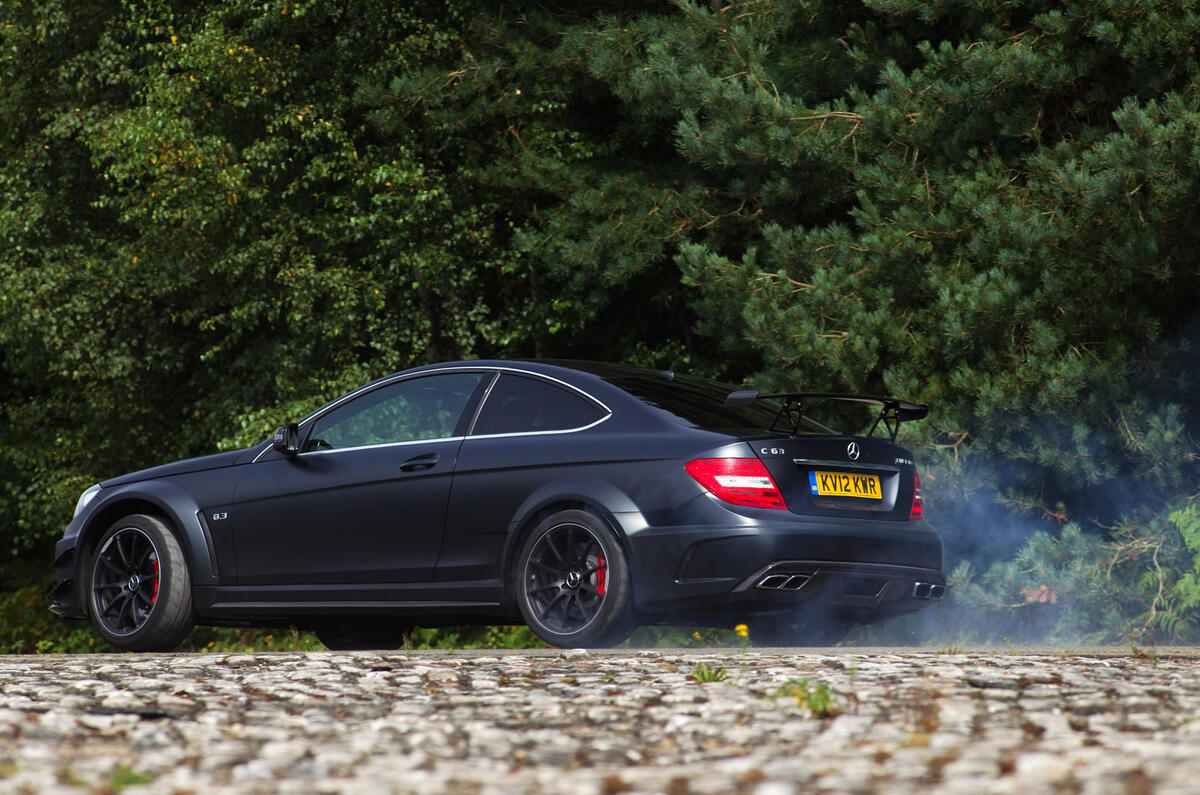
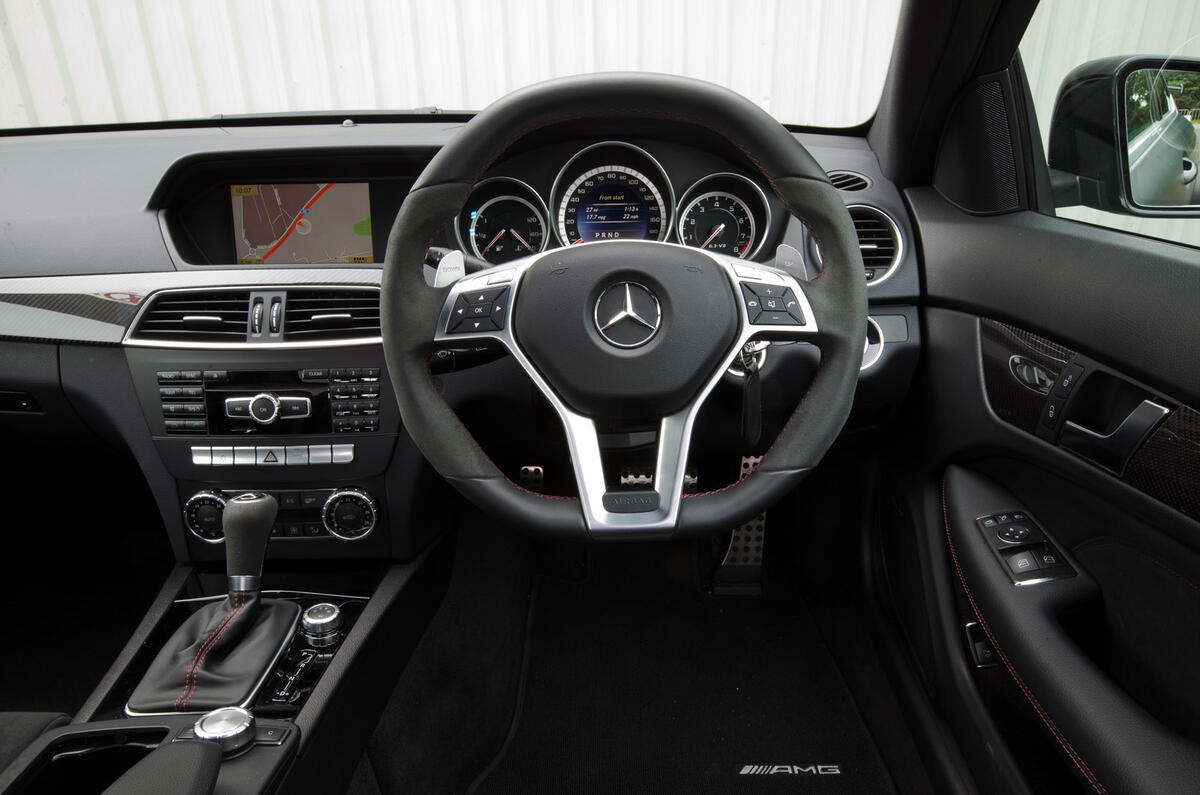
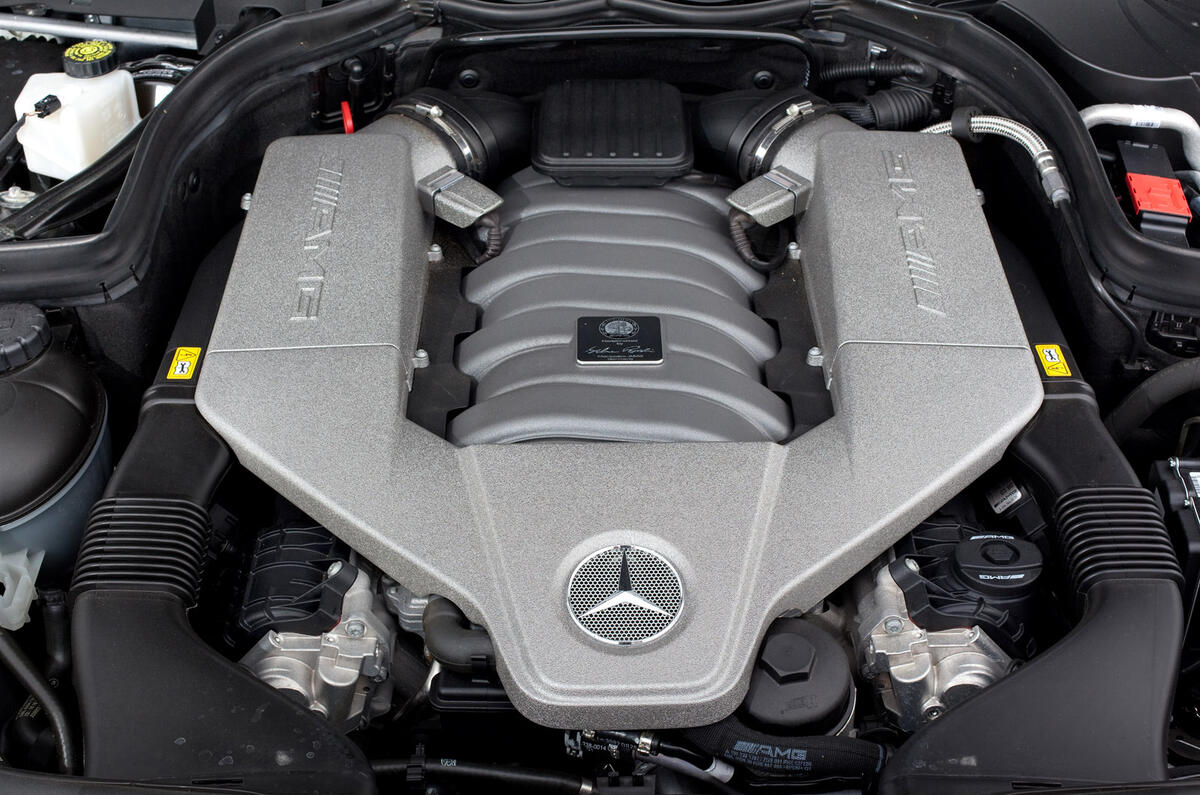
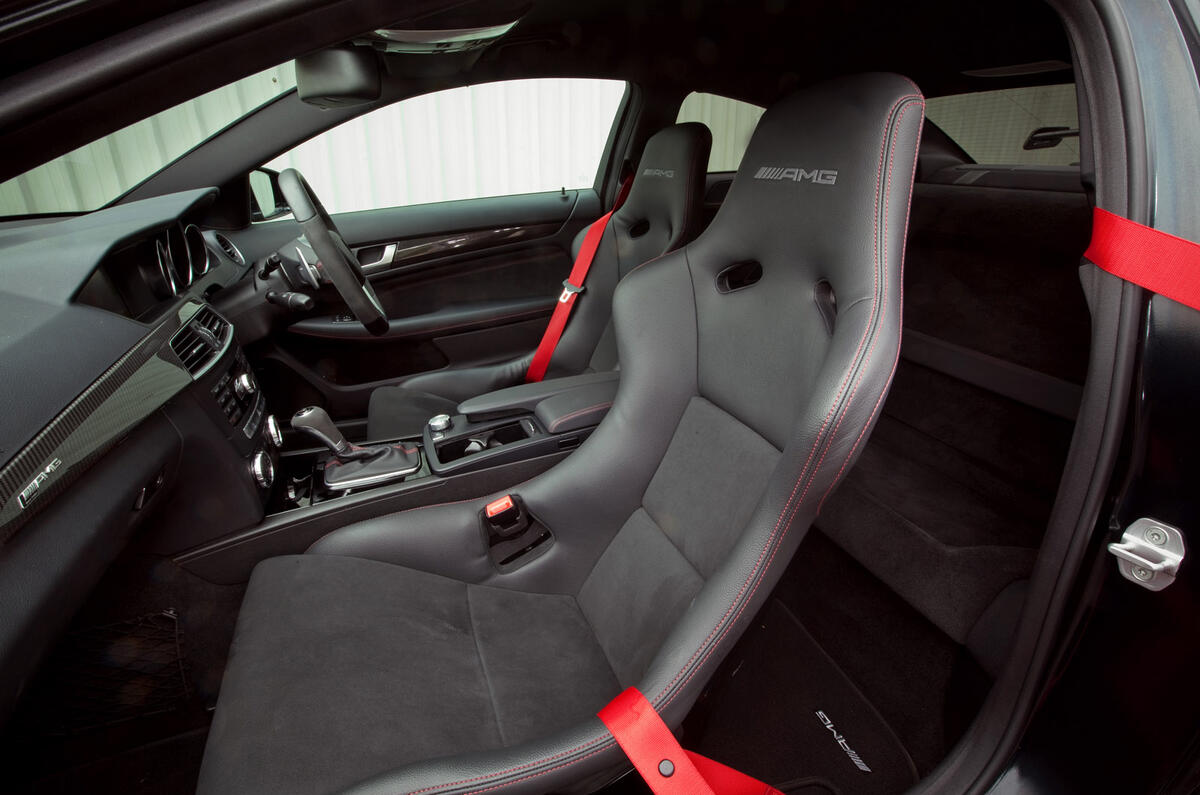

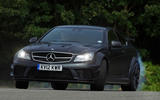
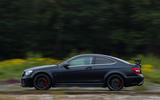
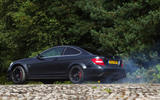
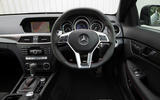
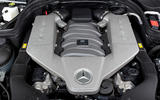
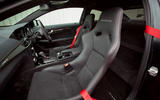


Add your comment